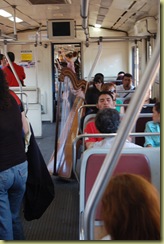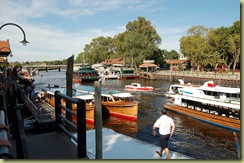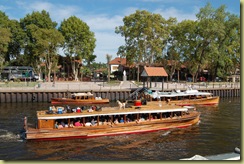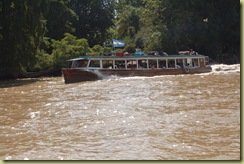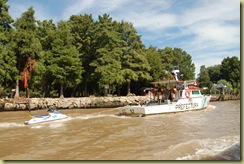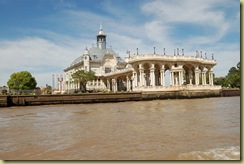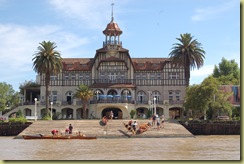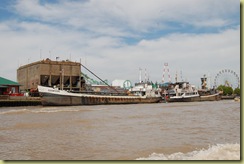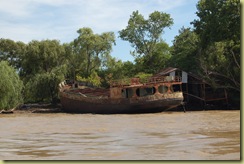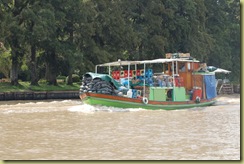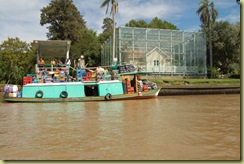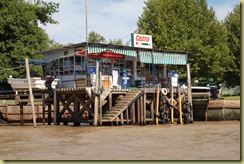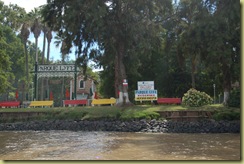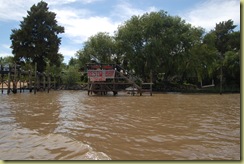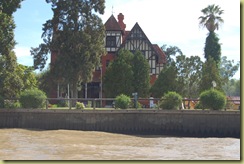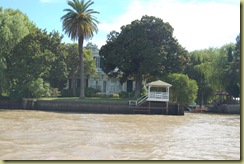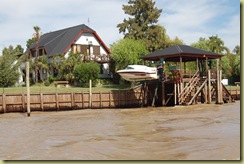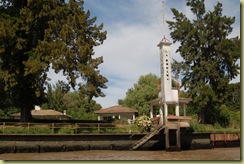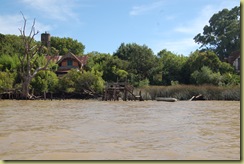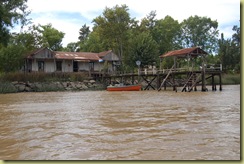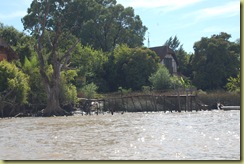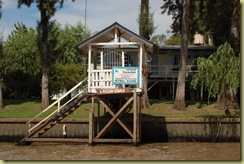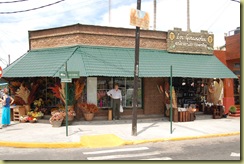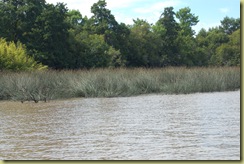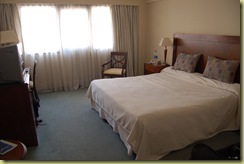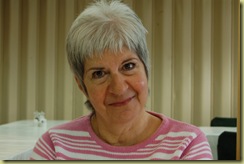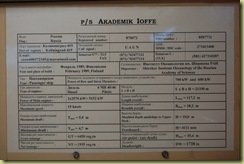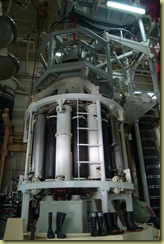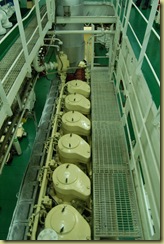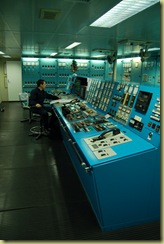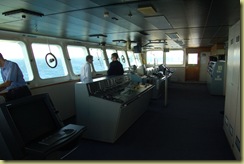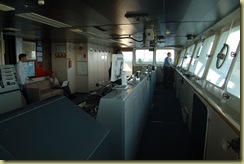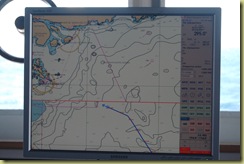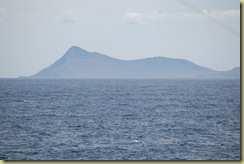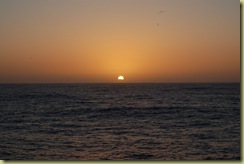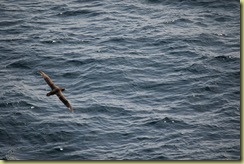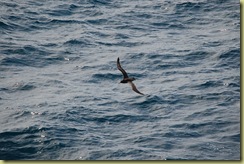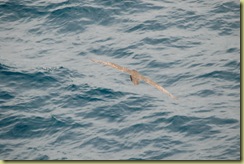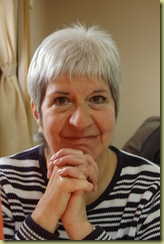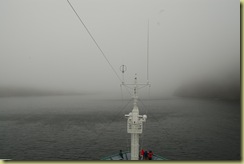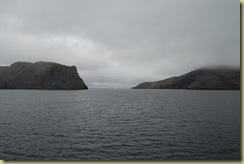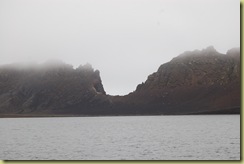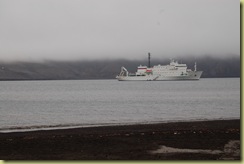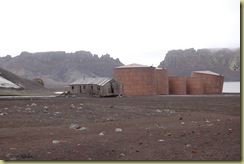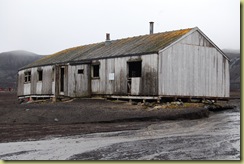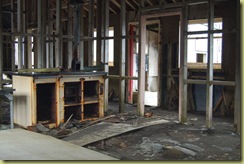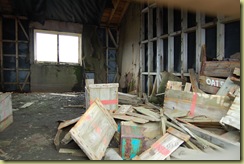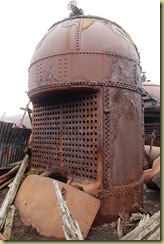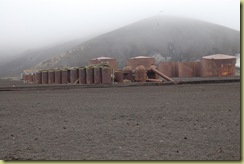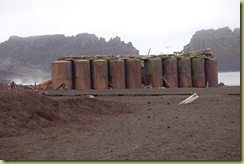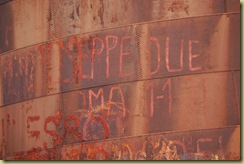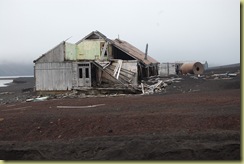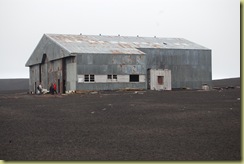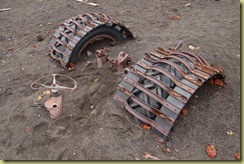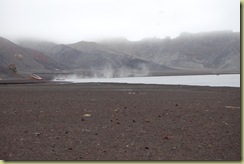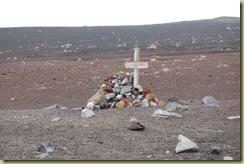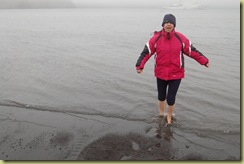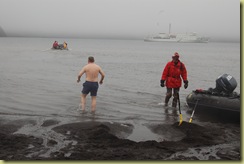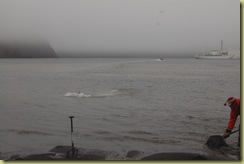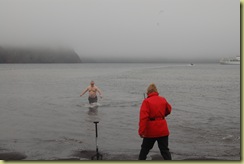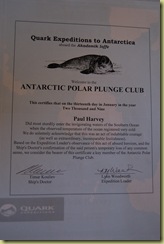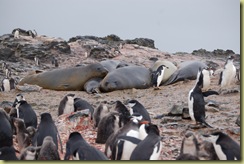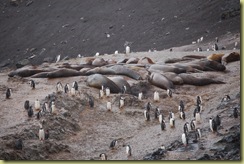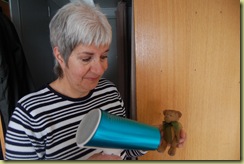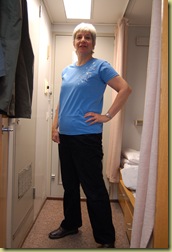Days 22 and 23 18th and 19th January 2009
The trip home was long and tedious but easy. The taxi arrived at the hotel a few minutes early to take us to the airport, the roads were empty (it was a Sunday), the queues at the Airport were short, the plane left on time and arrived on time 15 hours later etc etc.
The thing we noticed most when we arrived in the UK was that it was dark and damp and miserable! After all, over the past few weeks we have lived in up to 24 hours of daylight, hot temperatures and cold temperatures, rough seas, calm ponds, snow and ice but never 14 hours of darkness and constant rain.
We had left the central heating on continuous but lowish whilst we were away so the house had not suffered with the low freezing temperatures (only -7C in Bishops Stortford). This of course means a high gas bill but it also means no burst pipes - something which would have been a certainty.
Thinking back on the past few weeks:
We were delighted with Buenos Aires, its architecture, its vibrancy and the friendliness of the people we met there. It really has become one of our favourite cities and we do want to go back there sometime - and ideally get closer to real city life. We would also like to get out into the countryside and see more of the country.
If we manage to go back, then we shall try to learn some Spanish before hand, it was most embarrassing not having any facility in the language and having to rely on the kindness of strangers to get by.
We felt very privileged to be able to go to Antarctica, to see the landscape and observe the animals and we now appreciate why it is a very special place.
These few weeks have provided us both with physical and mental challenges and also the opportunity to pass certain important milestones in our lives.
We have had a wonderful few weeks and are looking forward to the next trips - watch this space for blog updates or subscribe to the RSS Atom feed at the bottom of the blog !
